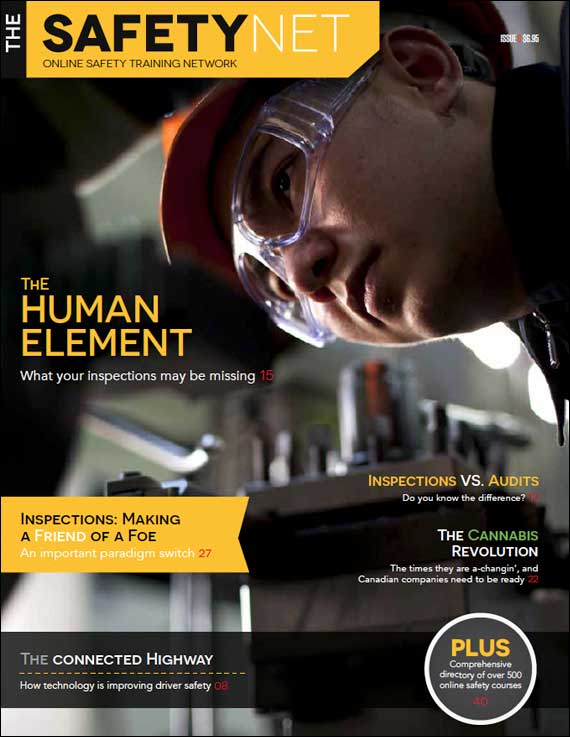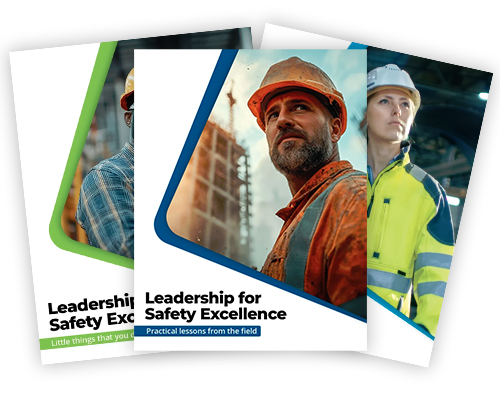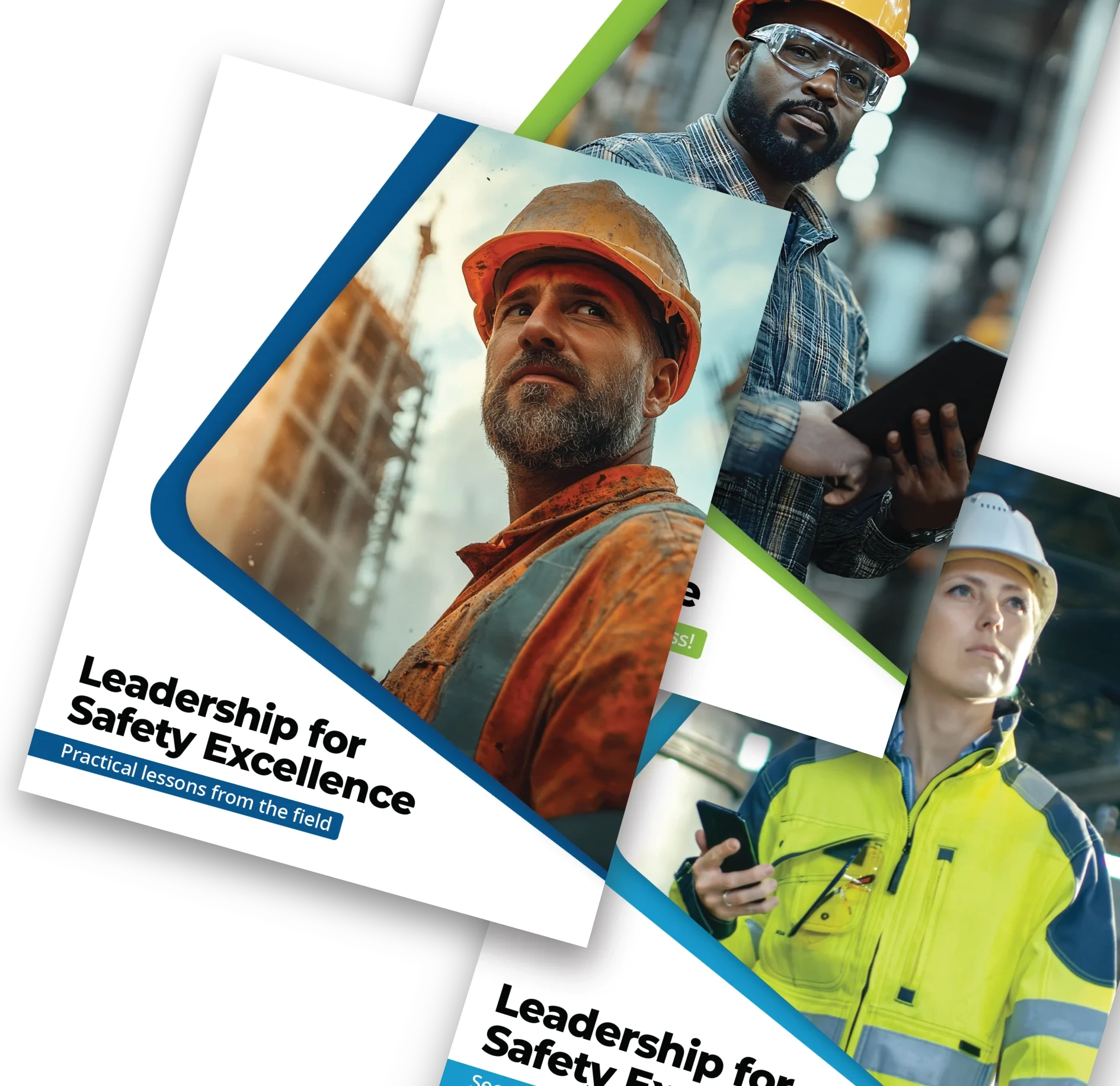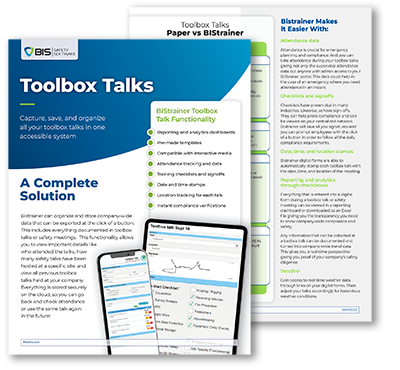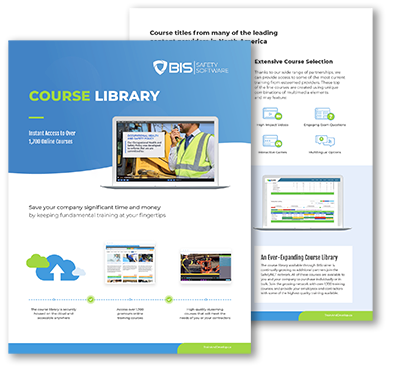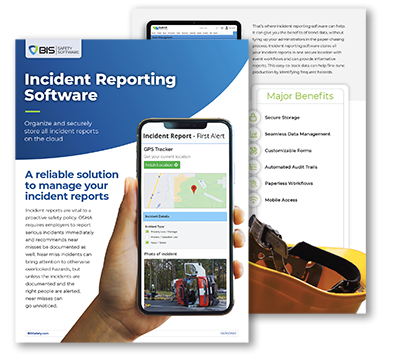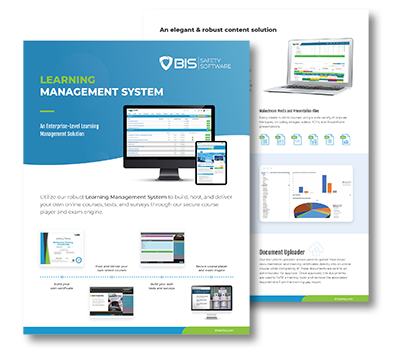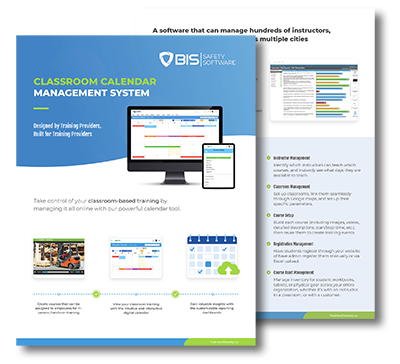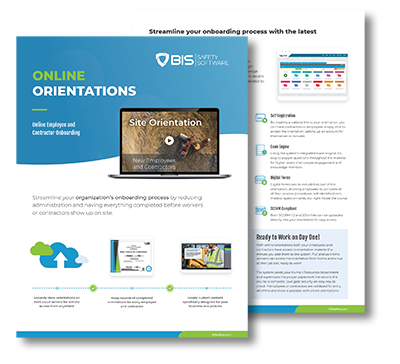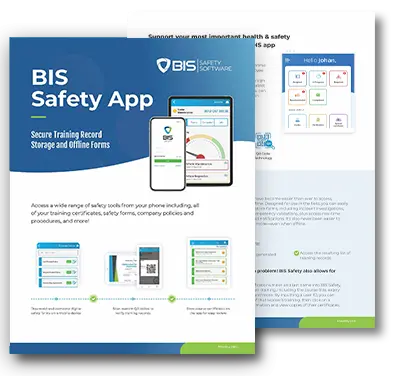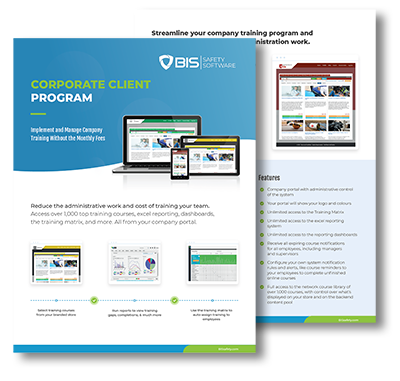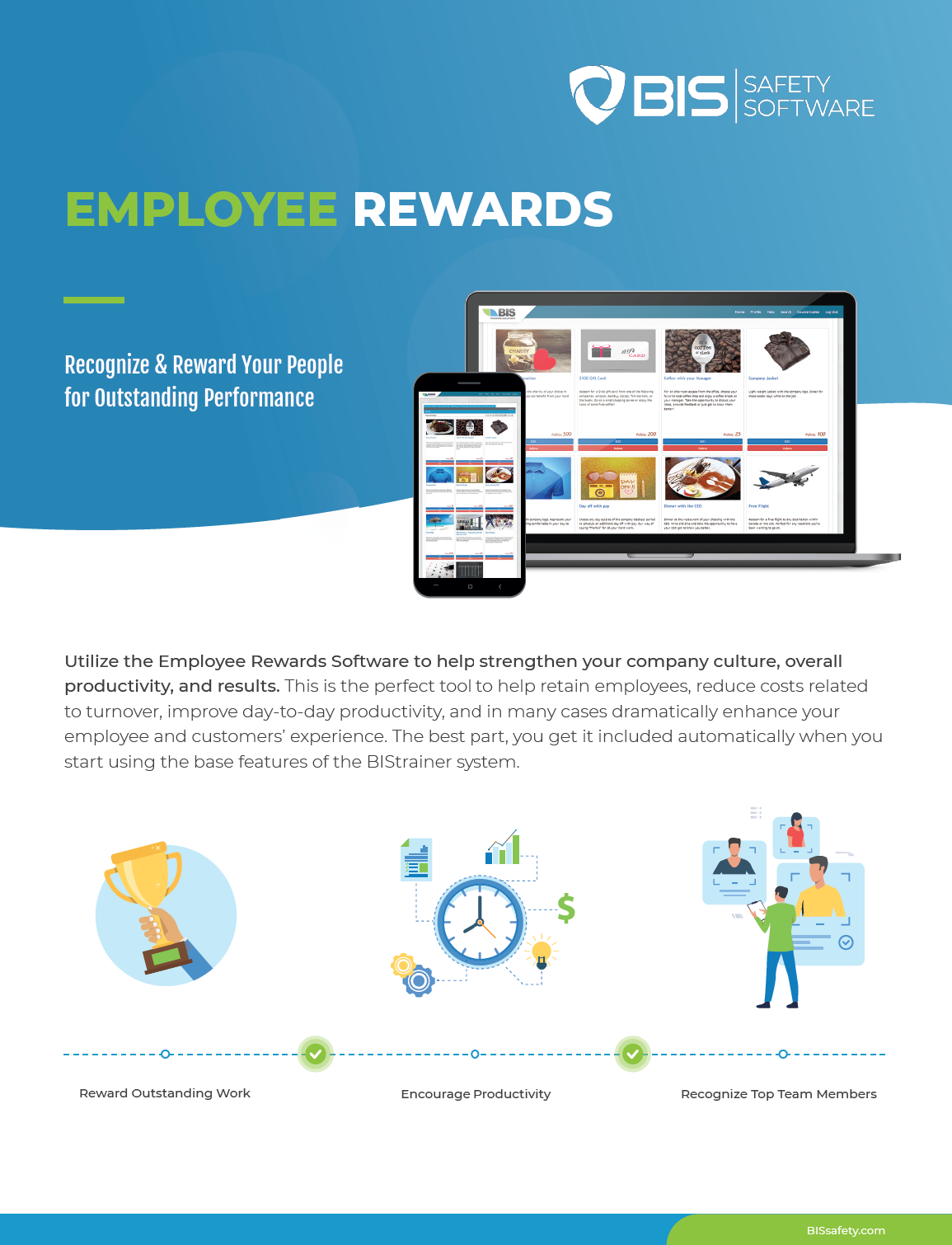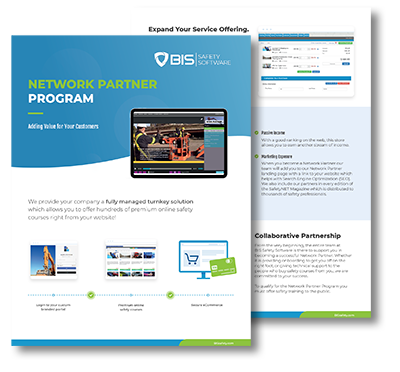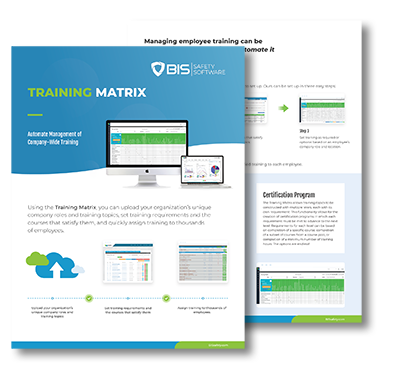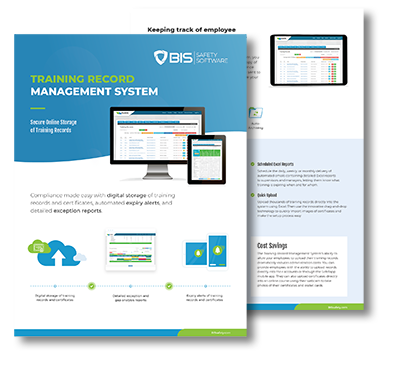
Real Hazards, Real People, Real Lessons
The echo of incoming fire? That doesn’t fade. Just ask Brett Burkard.
Before Titan Environmental, before boardrooms and budgets, Brett was out in the field — laying infrastructure in warzones. The kind of places where flak vests weren’t optional. Where a misstep didn’t mean a citation — it meant someone didn’t make it home.
Different job, same takeaway:
“Awareness isn’t something you can wing. You either live and breathe it — or you don’t.”
Threats don’t always wear uniforms
Sometimes danger looks like this:
- A 2-ton roll of sheeting dangling from a crane
- A worn-down blade skimming too close
- A crew so overworked they forget what’s at stake
That’s the battleground Brett knows best now — construction sites, heavy industry, logistics hubs. That’s why he fought for safety talks, every single day, even when old-timers griped.
They called it a distraction. “A waste.” “Safety theatre.”
But then time passed. No injuries. No close calls.
“They scoffed at first,” Brett says. “Then one day, they noticed — nothing bad had happened in weeks. It finally clicked: It wasn’t bureaucracy. It was awareness.”
What’s more dangerous than chaos? Comfort.
Complacency is a slow killer. Just ask Robin Postnikoff. Robin runs MI Safety. His goal is to turn training from passive theory into muscle memory. Because according to him: “You can talk someone through driving all day. But until they’re behind the wheel in a snowstorm with cars sliding by, it’s just talk.”
That’s why Robin’s built a hybrid model: online modules for the basics, plus hands-on skill checks to prove it stuck. Because if you can’t apply it under pressure, it doesn’t count. He’s seen the cost of skipping that second step — and he won’t let it happen on his watch.
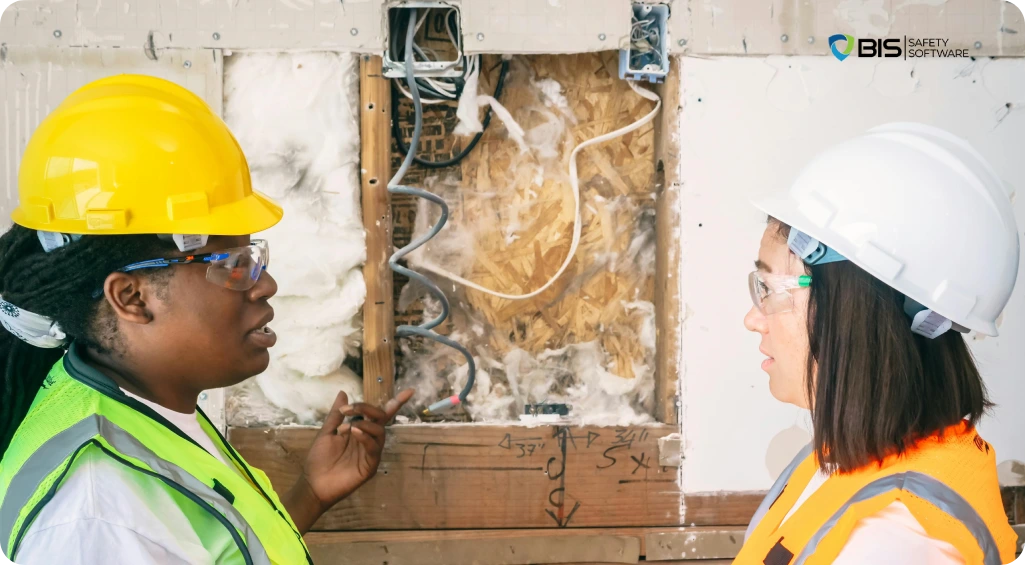
Good training isn’t prep. It’s protection.
From military camps to municipal sites, one truth holds: The people who walk away saw the warning signs. Not by luck. But because they’d practiced. Over and over. Until readiness became reflex.
So ask yourself:
- Do you treat near-misses as warnings — or footnotes?
- Are you preparing your crew for the worst — or just the routine?
- Are your people truly alert — or just checking boxes?
If you’re not sure?
Then it’s time to rehearse again. Because out here, the real thing doesn’t come with a second take.
This is not a drill.









